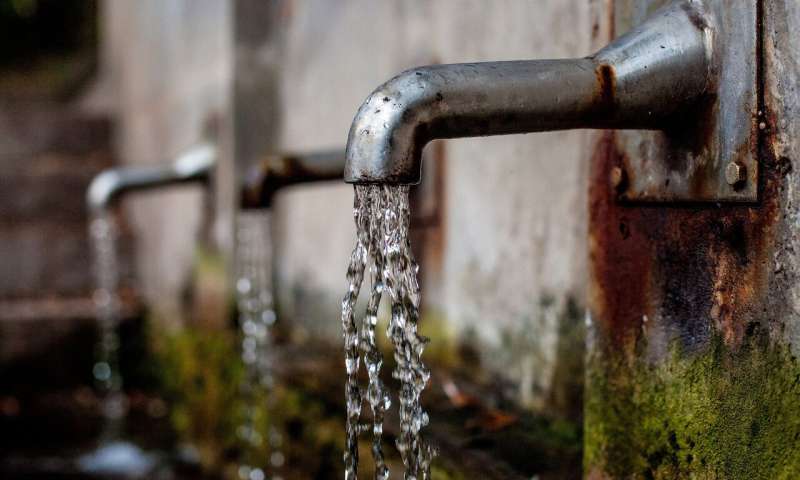HOME
Our drinking water was always full of microbes, but the wrong ones might be thriving in the pandemic

It's been months. And from rats turning hangry because of coronavirus shutdowns in the U.S. to sea turtles reclaiming tourist beaches in Thailand, life has changed dramatically across the planet. Zooming in where only a microscope can see, Northeastern researchers are trying to determine how the lifestyle changes caused by COVID-19 might be helping harmful bacteria grow in our drinking water.
Many buildings have been largely unoccupied for months, and their water supplies have been sitting relatively still. That stagnation means that water stays warm for longer periods of time. And because of those changes in the flow of water, the disinfectants that are added to limit microbial growth decay. As people slowly repopulate large buildings for work, school, and other activities, the potential overgrowth of pathogens in the water of those buildings could put people at risk, says Ameet Pinto, an assistant professor of civil and environmental engineering at Northeastern.
The growth of microbes in water is a very natural process that occurs everywhere. At home, for example, if you open the tap in the morning, the typical concentration of microorganisms coming out of the faucet will be higher than it will be later in the day, when water has run through the pipes. "It's not unusual to see between 10,000 and 50,000 cells in every milliliter of drinking water," Pinto says. "That's just absolutely normal."
The problem is when the wrong types of microbes—the ones that can make people sick—start gaining prominence inside the pipes, Pinto says, thinking of Legionella pneumophila and nontuberculous mycobacterium, pathogens that thrive when water stagnates. To deal with microbes that grow over hours or days of stagnation, engineers flush the water from the plumbing system. Under normal circumstances, public water systems also use small amounts of disinfectants such as chlorine to limit the concentrations of those pathogens. But how to handle potential microbial contamination in water that has stagnated for longer times is still very much an open question, Pinto says. If enough of these organisms start colonizing and forming a biofilm on the inner surface of the pipes, then ridding the plumbing system of those pathogens becomes much more of a challenge.
News Source